The Changing Style Of Armando Iannucci: A Critical Assessment

Table of Contents
Armando Iannucci, the mastermind behind critically acclaimed works like Veep and The Thick of It, is renowned for his sharp, darkly comedic take on political machinations. His signature brand of satire is instantly recognizable, yet a closer look reveals a fascinating evolution in his style, moving from the rapid-fire verbal assaults of his early British work to a more visually driven and internationally recognized cinematic approach. This article will delve into the key stylistic shifts in Iannucci's work, exploring how his comedic sensibilities have adapted and matured throughout his career.
From Verbally Aggressive Satire to Cinematic Scope
The British Phase: Verbal Virtuosity and Chaotic Energy
Iannucci's early work, particularly The Thick of It and its feature-length spin-off In the Loop, is characterized by a frenetic energy fueled by its verbally aggressive satire. These productions are masterclasses in rapid-fire dialogue, often improvisational, creating a chaotic yet hilarious portrayal of the British political landscape. The camera work reflects this energy, employing handheld shots and close-ups to emphasize the characters' reactions and the intensity of their interactions.
- Emphasis on character-driven dialogue: The plots often take a backseat to the witty, often obscenity-laced exchanges between characters. The dialogue itself drives the narrative and the comedy.
- Use of obscenity and profanity: The liberal use of profanity isn't gratuitous; it serves to heighten the tension and comedic effect, mirroring the often-uncivilized nature of political discourse.
- Handheld camera work: This stylistic choice enhances the sense of immediacy and chaos, mirroring the frenetic energy of political life.
- Limited visual storytelling: The focus is firmly on the verbal dexterity of the actors and the sharp writing, with visual storytelling playing a secondary role.
The American Transition: Broader Strokes and Visual Storytelling
The transition to Veep, Iannucci's American political satire, marked a significant shift in his style. While retaining the core satirical elements, Veep employed a broader comedic approach, incorporating more ensemble-based humor and an increased reliance on visual gags. The camera work also evolved, utilizing wider shots to emphasize location, power dynamics, and the overall absurdity of the situations.
- More reliance on visual cues and situational comedy: While the sharp dialogue remained a key element, Veep incorporated more visual humor and situational irony.
- Less emphasis on profanity: To adapt to American television standards, the profanity was toned down, though the biting wit remained intact.
- Increased use of establishing shots and wider camera angles: These choices provided a clearer visual context and allowed for a broader, more encompassing view of the political landscape.
- Development of a broader, more internationally accessible style: The shift to American television broadened the appeal of Iannucci's work, making it accessible to a wider international audience.
Maturing Themes and Stylistic Refinement
From Political Farce to Darker Satire
The move from Veep to The Death of Stalin showcases a further evolution in Iannucci's work, both thematically and stylistically. While Veep maintained a relatively lighthearted tone (despite its cynical subject matter), The Death of Stalin delves into darker, more morally ambiguous territory. The film explores the human cost of political ambition and the consequences of unchecked power with a blend of dark humor and historical accuracy.
- Increased focus on the human cost of political ambition: The film explores the devastating consequences of power struggles and the ruthless pursuit of political dominance.
- Exploration of historical contexts and their comedic potential: Iannucci expertly uses the historical backdrop of Stalin's regime to create both dark humor and a poignant commentary on the nature of power.
- A darker, more cynical tone compared to earlier works: The film's overall tone is considerably darker and more cynical than Iannucci's previous works, reflecting a more mature and nuanced approach to satire.
- Use of historical settings to explore timeless themes of power and corruption: The film transcends its historical setting, using the Stalin era as a backdrop to explore timeless themes that resonate with contemporary audiences.
The Evolution of Iannucci's Signature Style
Despite the stylistic shifts across his various projects, certain recurring elements remain consistent throughout Iannucci's work. These elements form the core of his signature style and contribute to his enduring appeal.
- Consistent focus on flawed and often incompetent characters: Iannucci's characters are rarely morally upright; they are often self-serving, incompetent, and driven by their own ambitions.
- Maintaining a satirical lens, even within more serious themes: Even in The Death of Stalin, the dark humor and satirical edge are present, offering a critical lens through which to examine historical events.
- The ongoing use of dark humor as a primary comedic device: Dark humor remains a crucial element in Iannucci's comedic arsenal, allowing him to tackle sensitive and challenging subjects with a unique blend of wit and gravity.
- Adaptation of stylistic techniques to suit different mediums and audiences: Iannucci's willingness to adapt his style to different mediums and audiences demonstrates his versatility and creative adaptability.
Conclusion
Armando Iannucci's career demonstrates a fascinating evolution in comedic style, showcasing a director willing to adapt and experiment. From the frenetic verbal assaults of his British work to the broader, visually driven satire of his American projects, his approach reflects a keen awareness of both the limitations and opportunities presented by different mediums and audiences. While the core themes of power, corruption, and flawed characters persist, Iannucci's technique has become increasingly nuanced and sophisticated over time. To further explore the fascinating stylistic journey of this comedic genius, delve deeper into the filmography of Armando Iannucci. Analyze his distinct choices in each project, and discover the multifaceted nature of his evolving comedic mastery. Consider the subtle and significant shifts in his stylistic approach to political satire. Discover the nuances of the changing style of Armando Iannucci for yourself!

Featured Posts
-
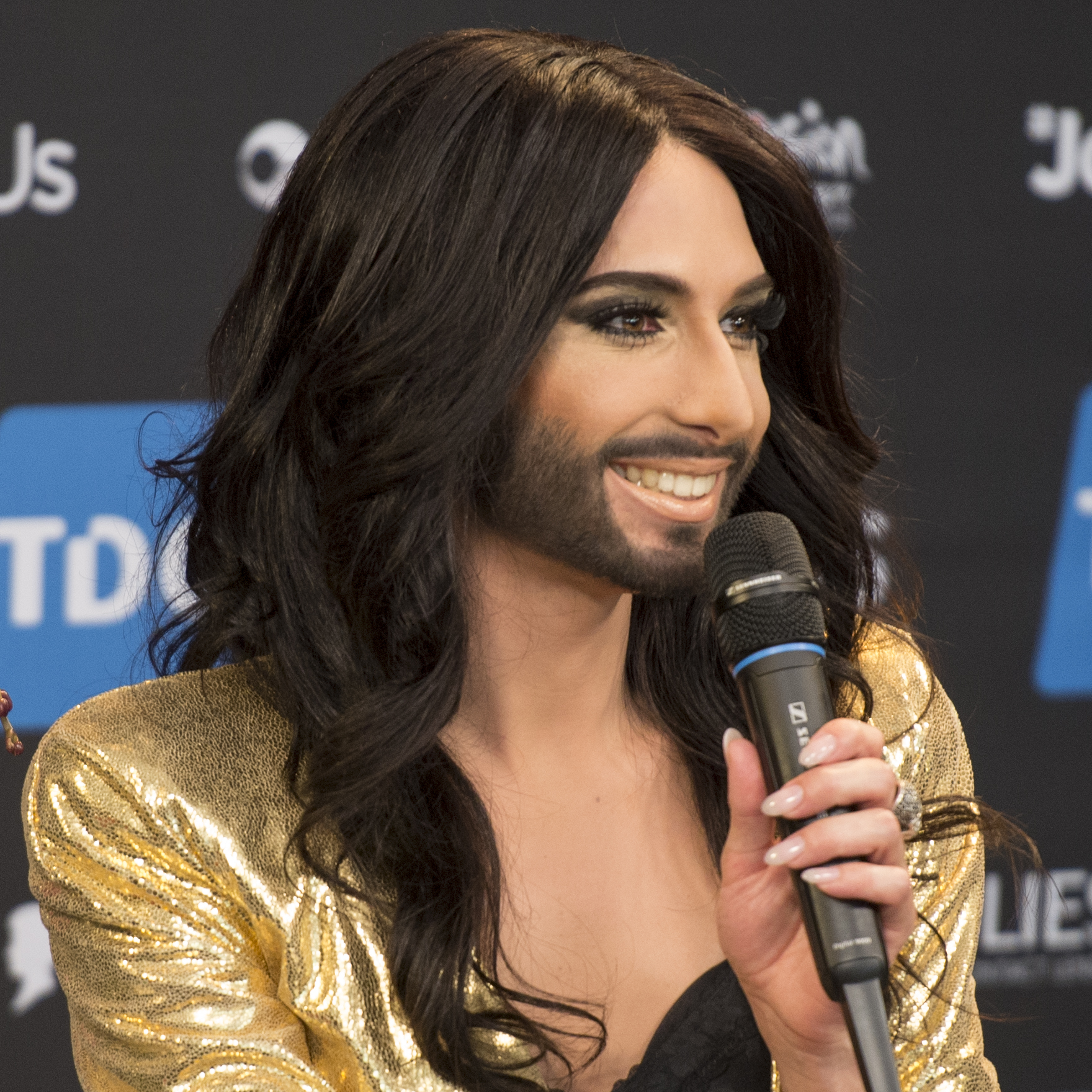 Eurovision Village Esc 2025 Conchita Wurst Live With Jj
May 25, 2025
Eurovision Village Esc 2025 Conchita Wurst Live With Jj
May 25, 2025 -
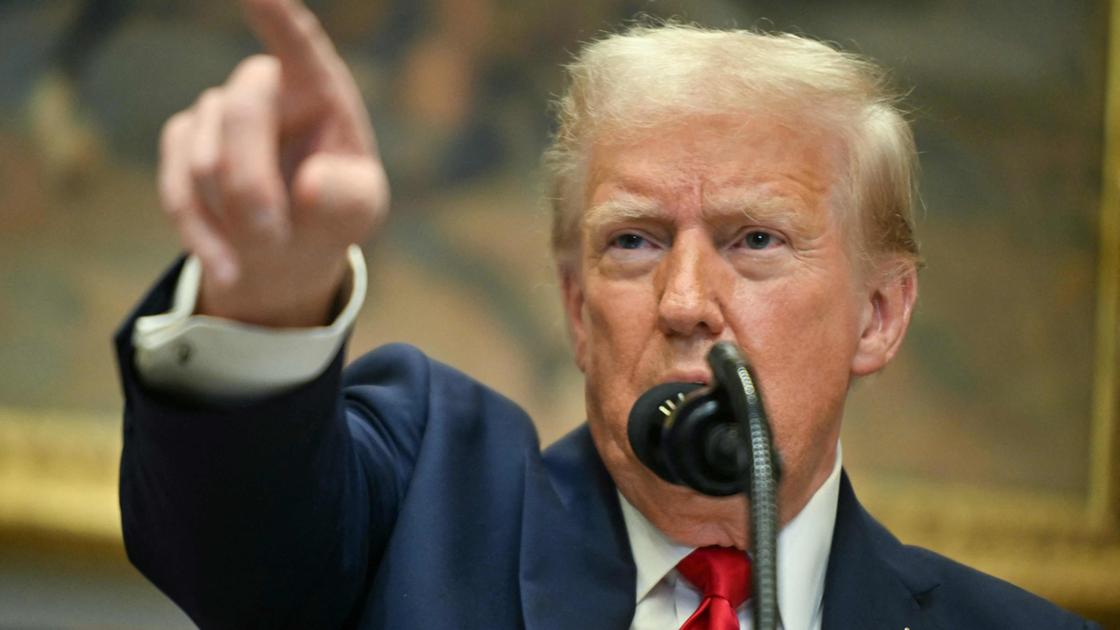 Crisi Moda Come I Dazi Di Trump Hanno Colpito Nike E Lululemon
May 25, 2025
Crisi Moda Come I Dazi Di Trump Hanno Colpito Nike E Lululemon
May 25, 2025 -
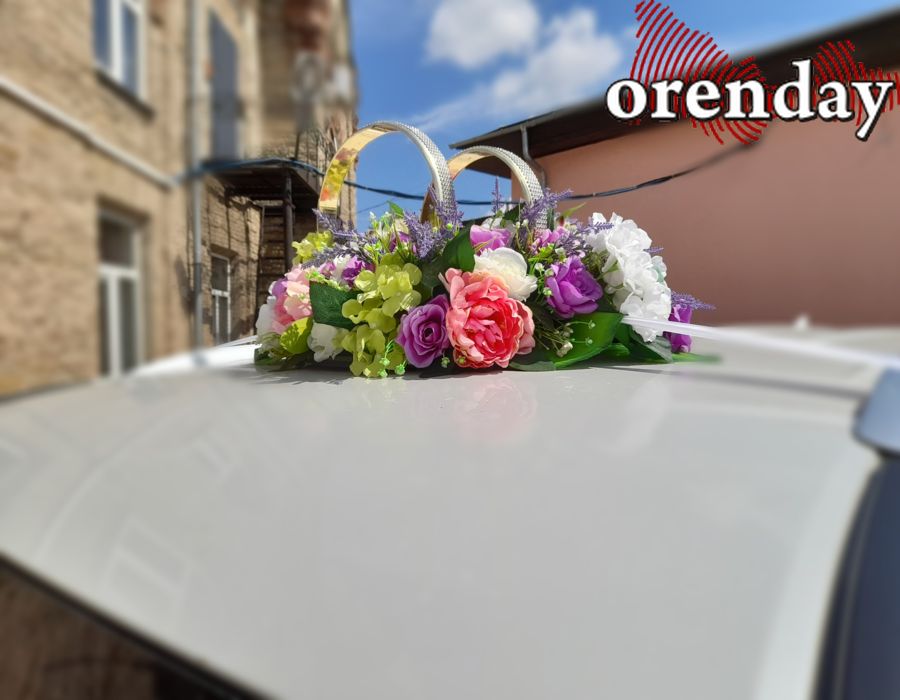 Rekordnoe Chislo Svadeb Na Kharkovschine 89 Par Vybrali Krasivuyu Datu
May 25, 2025
Rekordnoe Chislo Svadeb Na Kharkovschine 89 Par Vybrali Krasivuyu Datu
May 25, 2025 -
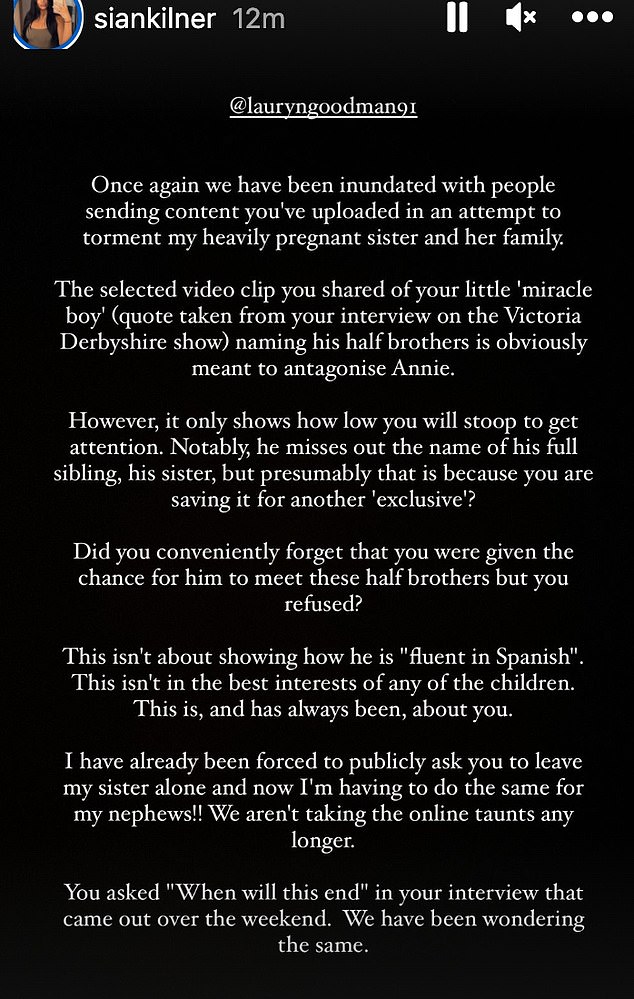 Kyle Walkers Night Out Annie Kilner Spotted Running Errands
May 25, 2025
Kyle Walkers Night Out Annie Kilner Spotted Running Errands
May 25, 2025 -
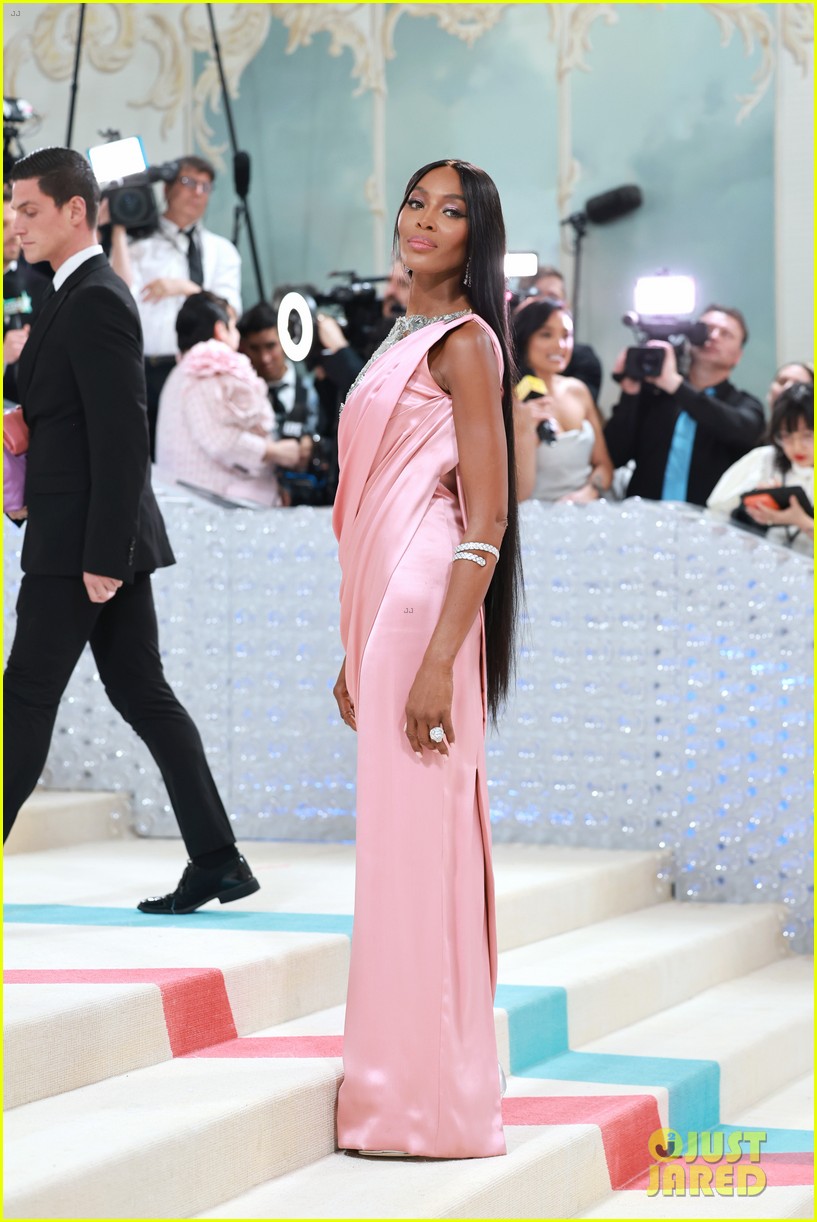 Met Gala 2025 Will Naomi Campbell Be Absent Due To A Rift With Anna Wintour
May 25, 2025
Met Gala 2025 Will Naomi Campbell Be Absent Due To A Rift With Anna Wintour
May 25, 2025
